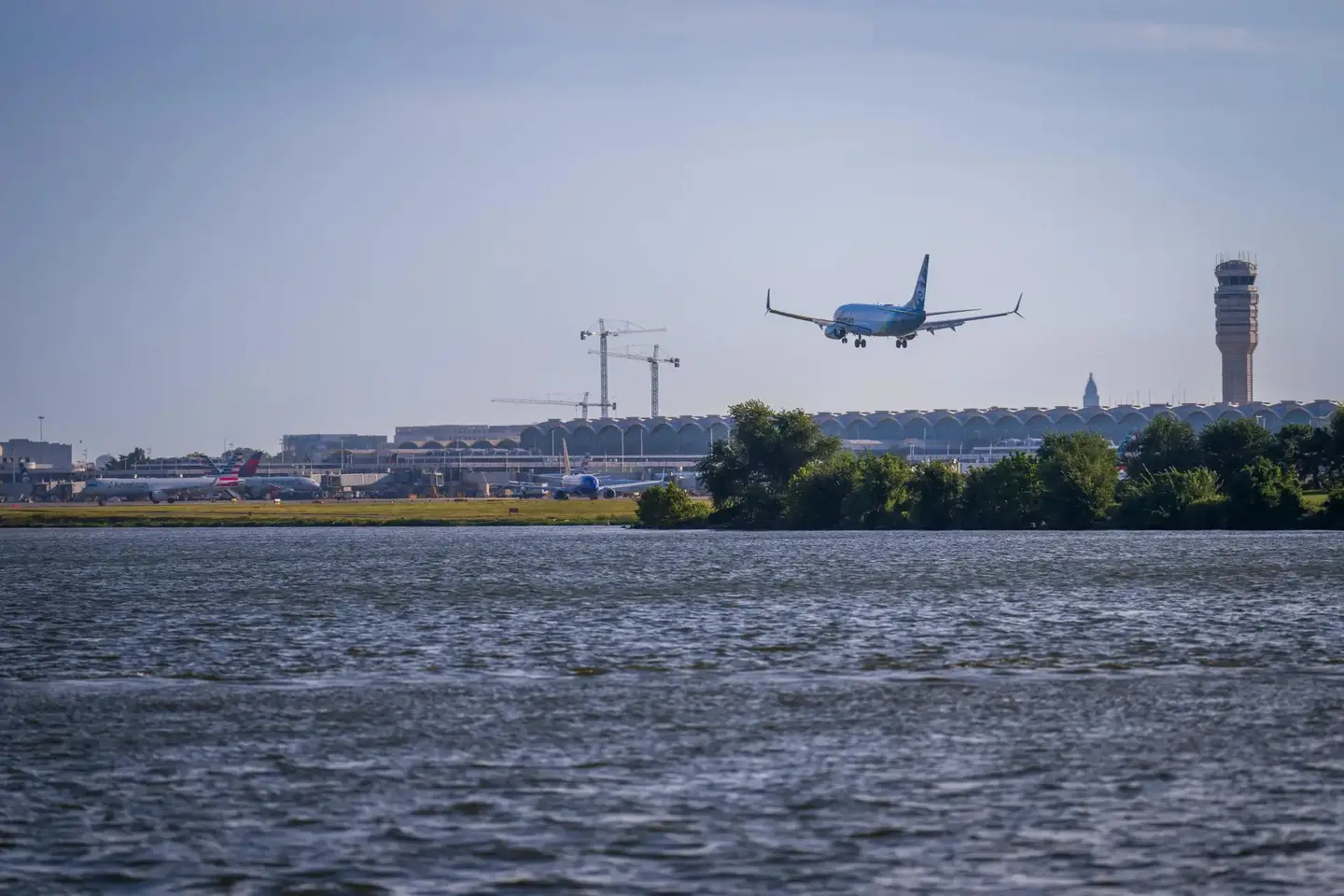Google Co-Founder Plans Longest U.S. Airship Since 1930s
A company owned by Google co-founder Sergey Brin plans to build the largest U.S. airship since the USS Macon and the golden age of airships nearly a century ago.

Pathfinder 1 is expected to be the longest U.S. aircraft since the USS Macon, a Navy airship that was destroyed in a storm in 1935. [Courtesy: U.S. Navy]
A company owned by Google co-founder Sergey Brin aims to build the longest U.S. aircraft since the golden age of airships nearly a century ago.
An electric-powered airship dubbed Pathfinder 1 is in the final building planning stages at Moffett Field in Mountain View, California, according to a detailed report in the Akron Beacon Journal. Could this project by LTA Research trigger a resurgence in the development of huge, majestic airships carrying payloads weighing about 20 tons that stay aloft with lighter-than-air (LTA) gas?
LTA Research’s Pathfinder 1 is expected to measure 400 feet long. A third iteration, Pathfinder 3, is designed to be about 600 feet long, according to the journal.
How long is that? Significantly long. Keep in mind the world’s longest operational airplane, Boeing’s 747-8, is 250 feet in length. In fact, no U.S. aircraft as long as the proposed Pathfinder models has flown since the 1930s, when Goodyear built the USS Akron and the USS Macon for the U.S. Navy.
Alan Weston, CEO of LTA Research, told the journal that Pathfinder “will be the largest airship built in the United States since the Macon was built in 1932.”
The USS Macon and USS Akron—each measuring 785 feet long—were engineering wonders of their time. The airships were big enough to carry as many as five Curtiss F9C-2 Sparrowhawks inside a flying hangar measuring about 75 feet long, 60 feet wide and 16 feet high.
The Pathfinder project isn’t expected to include airplanes or a hangar. But as fuel efficiency increasingly gains value in modern commercial aviation, developers are taking a closer look at airships.
“Airships in general need less power,” said aviation historian Dan Grossman, founder of airships.net. “They gain lift by way of lighter-than-air gas. You don’t burn fuel to stay in the air. They consume less energy. Airships stay aloft for long periods of time and can travel long distances.” Pathfinder’s missions are expected to focus on humanitarian flights to transport cargo for disaster relief.
Developing lightweight, super-strong carbon fiber tubing for the Pathfinder airships is a New Zealand-based company called Kilwell Fibrelab. Pathfinder photos suggest the aircraft will be a rigid airship built with a so-called “deep ring” internal structure—a classic design that dates back to the golden age of airships.
“We are researching design and manufacturing and using advanced technologies to develop modern airships,” Weston said in a video on Kilwell’s website. “Airships are a lot more efficient than aircraft or helicopters. We can build airships that are a lot more capable to deliver humanitarian relief around the world. I’m excited about that. How difficult could this be? Well, actually it’s pretty difficult.”
Rigid airships have an internal framework with an outer covering. Their lifting gas is contained within individual gas cells inside the ship. Blimps—such as the models flown by Goodyear until the advent of the company’s new Wingfoot airships—do not have an internal framework. Goodyear’s new Wingfoot airships—built by Goodyear and Germany’s ZLT Zeppelin—measure 246 feet long. The company still calls them “blimps,” although they’re actually classified as semi-rigid airships because of their semi-rigid internal skeleton.
Akron’s Massive Airdock
“Until LTA Research started working on this project, I never thought I would ever be able to look up in the sky and see anything that looked like these aircraft that I’ve researched for three decades,” Grossman said. “I just never thought I would have that pleasure.”
Fittingly, the Pathfinder 3 will be built at Akron’s huge Airdock airship facility—the same location where the USS Macon and USS Akron were constructed nine decades ago.
The massive airdock, measuring roughly 1,175 feet long and 325 feet wide, boasts 364,000 square feet of space. The structure is big enough to contain seven football fields. A pair of giant doors are located at each end, each door weighing 609 tons.
According to LTA’s website, the company is in the process of purchasing the Airdock. It’s also recruiting airship crews, ground crews, and software engineers to create pilot training sims.
“We look forward to bringing airship manufacturing back to Akron and working with the city and the University of Akron to achieve new developments in lighter-than-air technology,” LTA’s website says. Initially, Pathfinder 1’s propulsion system is expected to be all electric—powered by batteries. But eventually, its electric motors will be powered by hydrogen fuel cells, according to the journal.
Unlike the 803-foot-long Hindenburg—which of course was destroyed in the infamous 1937 fire—the Macon and Akron flew with helium gas—instead of dangerously flammable hydrogen. For its new airships, LTA Research is also planning to use helium.
“Helium is not flammable,” says Grossman, who has been following the Pathfinder project for a while. “It is a stable element. It’s inert. Because the Hindenburg used hydrogen and this ship uses helium, it is incomparably safer than Hindenburg was. But it’s also going to be safer for other reasons, including modern materials and modern engineering technology that were not available during the era of the Hindenburg, Akron, and Macon.”
Pathfinder 1 is expected to be “taking shape later this year,” according to the journal. Its first test flight is “possibly coming as soon as 2023.”

Sign-up for newsletters & special offers!
Get the latest FLYING stories & special offers delivered directly to your inbox






